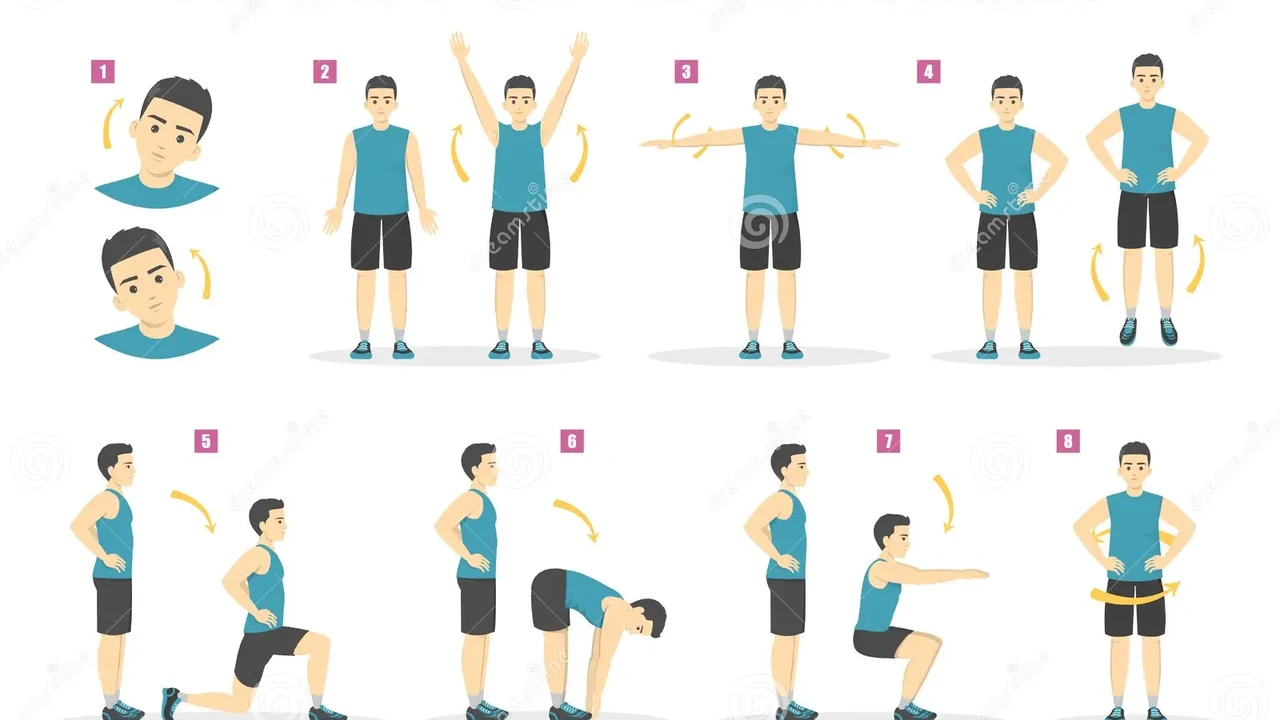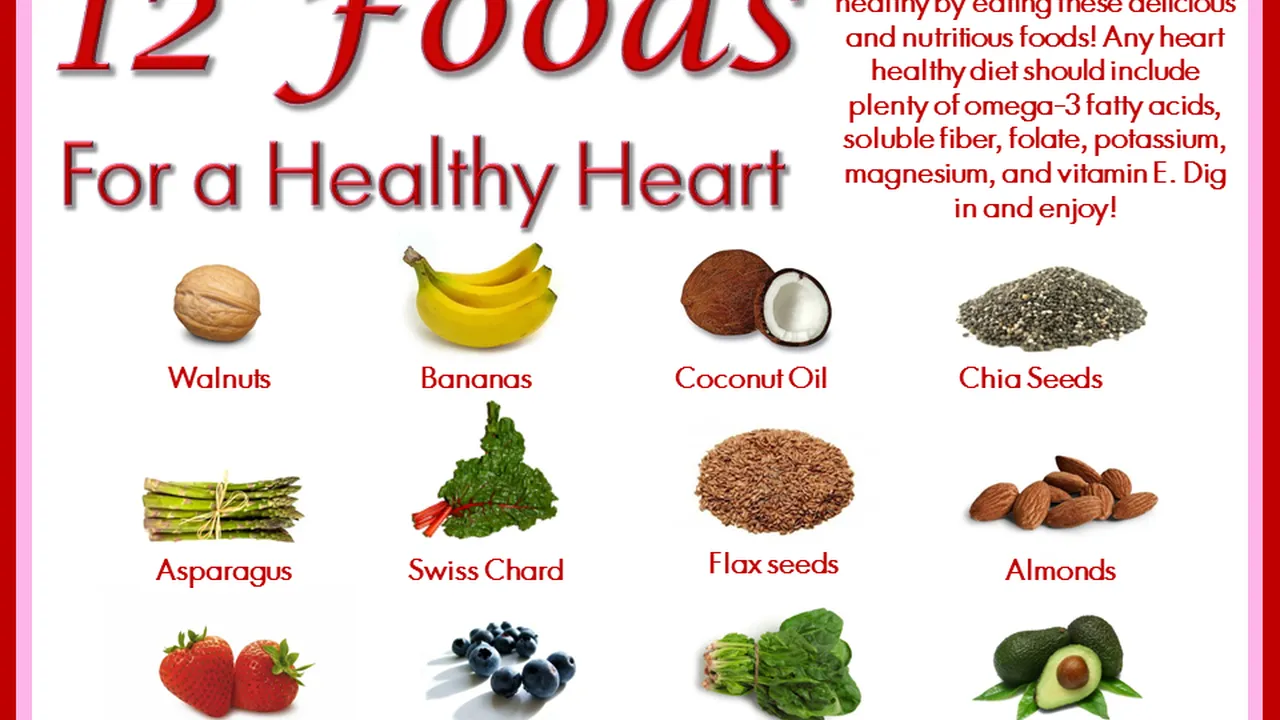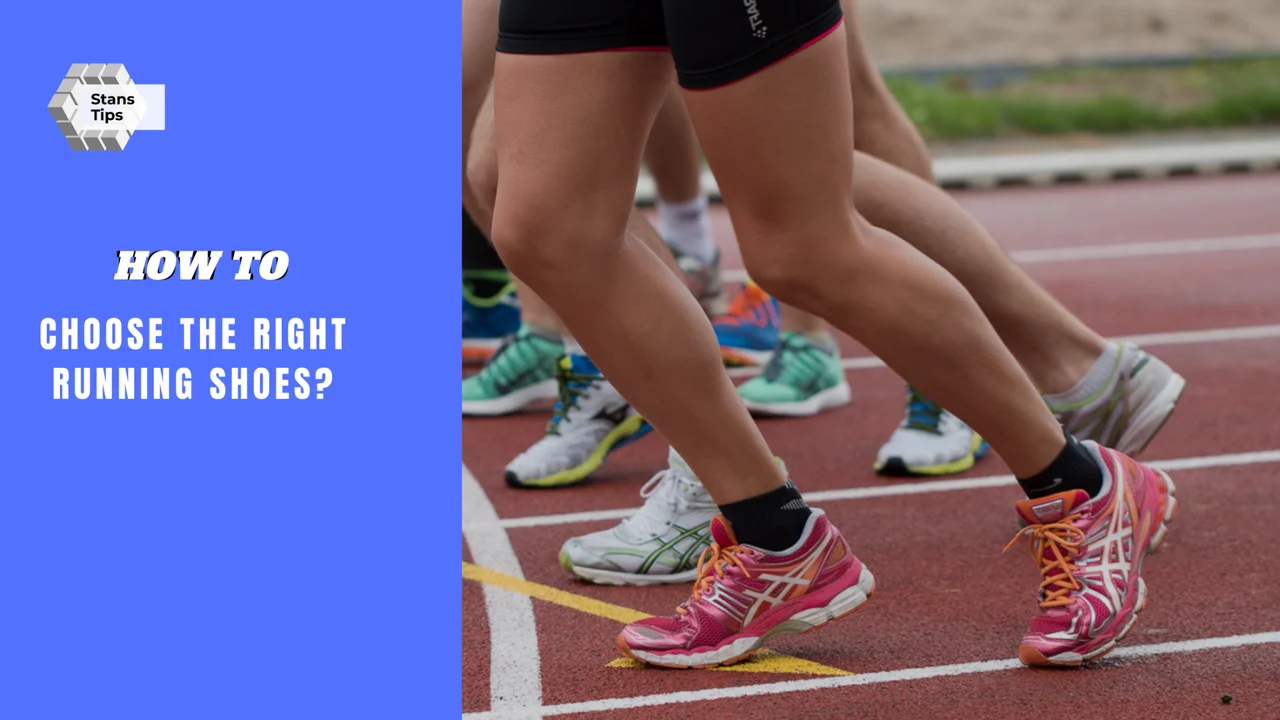How to Warm Up Before Exercise: Prepare Your Body for Activity
Sample meta description.

Why Warming Up Matters Understanding the Benefits
Alright, let's talk warm-ups. I know, I know, sometimes you just wanna jump right into your workout, right? But trust me, skipping the warm-up is like trying to drive your car without letting the engine heat up. It's just asking for trouble. Warming up properly gets your blood flowing, loosens up your muscles, and prepares your body for the demands of your workout. Think of it as telling your body, "Hey, we're about to do some work, so get ready!"
So, what are the actual benefits? Well, first off, it reduces your risk of injury. Cold muscles are stiff muscles, and stiff muscles are more prone to strains and tears. A good warm-up increases muscle elasticity and range of motion. Secondly, it improves your performance. By increasing blood flow to your muscles, you're delivering more oxygen and nutrients, which translates to more power and endurance. Finally, it mentally prepares you. It's a chance to focus on your workout ahead and get your head in the game.
Dynamic Stretching The Key to Effective Warm-Ups
Forget those static stretches you used to do back in gym class. Holding a stretch for 30 seconds doesn't really do much to prepare your body for dynamic movement. Instead, focus on dynamic stretches – movements that take your muscles through their full range of motion. Think arm circles, leg swings, torso twists, and walking lunges. These types of stretches not only warm up your muscles but also improve your coordination and balance.
Here are a few examples:
- Arm Circles: Start with small circles and gradually increase the size. Do them forward and backward.
- Leg Swings: Hold onto something for balance and swing your leg forward and backward, then side to side.
- Torso Twists: Stand with your feet shoulder-width apart and twist your torso from side to side, keeping your core engaged.
- Walking Lunges: Step forward with one leg and lower your body until your front knee is bent at a 90-degree angle. Alternate legs.
- High Knees: Bring your knees up towards your chest as you walk or jog.
- Butt Kicks: Kick your heels up towards your glutes as you walk or jog.
Aim for 10-15 repetitions of each exercise. Focus on controlled movements and listen to your body. You should feel a gentle stretch, but never any pain.
Cardio Warm-Up Getting Your Heart Pumping
In addition to dynamic stretching, a light cardio warm-up is also essential. This could be anything from a brisk walk on the treadmill to a few minutes on the elliptical or stationary bike. The goal is to increase your heart rate and blood flow without exhausting yourself. Think of it as priming the pump. Aim for about 5-10 minutes of light cardio.
Don't overdo it! You want to feel slightly warmer and more energized, not tired and breathless. Keep the intensity low and focus on maintaining a steady pace.
Sport-Specific Warm-Ups Tailoring Your Routine
Now, here's where things get a little more specific. The best warm-up is one that's tailored to the type of activity you're about to do. If you're going for a run, focus on exercises that target your legs and hips. If you're lifting weights, include movements that mimic the exercises you'll be doing in your workout.
For example:
- Running: Leg swings, hip circles, butt kicks, high knees, calf raises.
- Weightlifting: Light weight squats, push-ups, rows, overhead press with an empty bar or light dumbbells.
- Swimming: Arm circles, shoulder rotations, torso twists, leg swings.
- Basketball: Jumping jacks, high knees, butt kicks, arm circles, light dribbling.
By incorporating sport-specific movements into your warm-up, you're not only preparing your muscles for the activity but also improving your coordination and technique.
Cool Down After Warming Up Preparing for Activity
A cool down after a warm-up is important to gradually bring your body back to a resting state. It helps prevent muscle soreness and stiffness. A good cool-down involves light cardio, such as walking or jogging, and static stretching. Hold each stretch for 30 seconds and focus on the muscles you used during your warm-up.
Warm-Up Equipment Recommendations Enhance Your Routine
While a lot of warming up can be done with just your bodyweight, some equipment can definitely enhance your routine. Here are a few recommendations:
- Foam Roller: A foam roller is great for releasing muscle tension and improving flexibility. Use it on your quads, hamstrings, calves, and back.
Usage Scenario: Before and after workouts to improve muscle recovery and flexibility.
Product Comparison: There are different types of foam rollers, including smooth rollers, textured rollers, and vibrating rollers. Smooth rollers are good for beginners, while textured rollers provide a deeper massage. Vibrating rollers can further enhance muscle relaxation.
Price: Smooth foam rollers typically cost between $15 and $30, while textured and vibrating rollers can range from $30 to $100+. The TriggerPoint GRID foam roller (around $35) is a popular and versatile option.
- Resistance Bands: Resistance bands are a versatile tool for warming up your muscles and improving strength. Use them for exercises like lateral walks, glute bridges, and shoulder rotations.
Usage Scenario: Before workouts to activate muscles and improve joint stability.
Product Comparison: Resistance bands come in different levels of resistance. Start with a lighter band and gradually increase the resistance as you get stronger. Look for bands made of durable materials that won't snap easily. Loop bands are great for leg exercises, while bands with handles are better for upper body exercises.
Price: A set of resistance bands can range from $10 to $50. The Fit Simplify Resistance Loop Exercise Bands (around $15 for a set of 5) are a good starting point.
- Massage Gun: A massage gun can help to loosen up tight muscles and improve blood flow. Use it on your quads, hamstrings, calves, and back.
Usage Scenario: Before and after workouts to improve muscle recovery and flexibility.
Product Comparison: Massage guns come in different sizes and with different attachments. Look for a gun with adjustable speed settings and a long battery life. Some guns are quieter than others.
Price: Massage guns can range from $50 to $500+. The Theragun Mini (around $200) is a popular and portable option, while the Hypervolt (around $300) is a more powerful choice. Cheaper alternatives exist, but may lack the power and durability of the higher-end models.
Listen to Your Body Adjusting Your Warm-Up
Finally, and this is super important, listen to your body. Everyone is different, and what works for one person might not work for another. Pay attention to how your body feels and adjust your warm-up accordingly. If you're feeling stiff or sore, spend a little more time on dynamic stretching. If you're feeling tired, keep the cardio light. And if you're feeling any pain, stop immediately.
The key is to find a warm-up routine that works for you and that you can stick with consistently. So, experiment with different exercises and find what feels best. Your body will thank you for it!
:max_bytes(150000):strip_icc()/277019-baked-pork-chops-with-cream-of-mushroom-soup-DDMFS-beauty-4x3-BG-7505-5762b731cf30447d9cbbbbbf387beafa.jpg)






